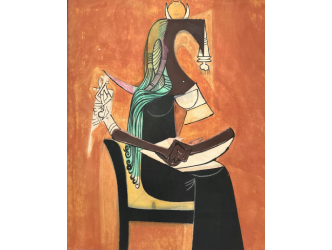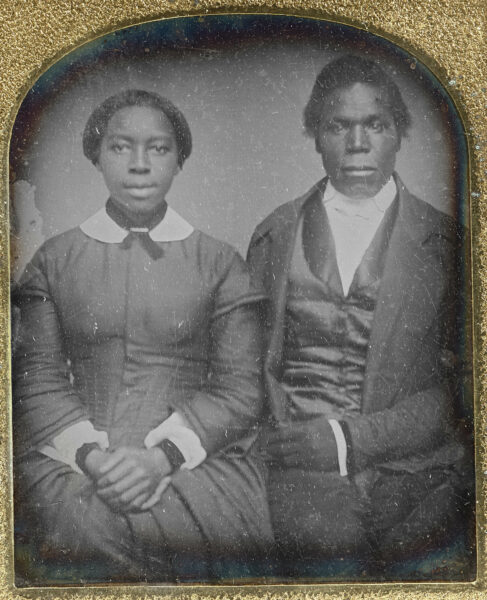
Unknown photographer, A free black couple
Capturing reality
Imagine this: Up until that point, aside from a mirror’s reflection, no human being had ever seen their own precise and real image. Then suddenly, there was news of a kind of mirror that could capture your likeness and preserve it forever. This is the story of the beginnings of photography—the story of the daguerreotype. In the late 1830s, Louis Daguerre (1787-1851), a stage designer who was also a painter and show producer, went public with his highly revolutionary invention: a method of capturing reality which he would give a name as complex as his own.
It was the first photographic process to be commercially available—an image etched onto a copper plate coated with polished silver and then exposed to light in a dark chamber. In January 1839, physicist François Arago presented the invention to the Academy of Sciences. The discovery was so momentous that post-revolutionary France, eager to assert its global identity, gifted it to humanity, in exchange for a lifetime pension to the inventor. (Just days later, across the Channel, the process of negatives and paper prints was introduced by William Henry Fox Talbot—but it was initially met with less enthusiasm.)
Samuel Morse
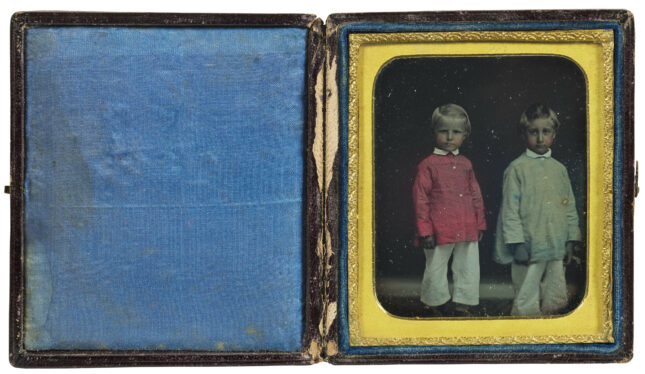
Unknown photographer
Very soon, workshops began to spring up in Paris and across France—12 were recorded in the capital in 1844—further developing the technique. It flourished above all as a form of portraiture. Everyone wants to be immortalized. From Berlin to New York, the process found widespread success. In the United States, it was championed by Samuel Morse (1791-1872), known not only for the code that bears his name but also for inventing the telegraph. Morse had met Daguerre during a trip to France and became a passionate advocate for this “faithful image” from across the Atlantic.
No fingerprints please
Yet the daguerreotype’s success was short-lived. By the 1850s, the method—costly, delicate and one-of-a-kind—was overtaken by the advent of paper prints. In the end, the daguerreotype’s heyday lasted for barely a decade. And yet, into the 21st century, it continues to be an object of fascination.
Realistic portrait guaranteed
Unlike a paper photograph, a daguerreotype is both an image and a tangible, reflective object. The metal plate, with its shifting reflections, is often protected behind glass and set in a stylized frame of its era. For seasoned collectors, the copper surface must remain untouched—no fingerprints, no wiping cloth. Condition is one of the main determinants of value, and serious listings will specify whether the daguerreotype’s case has ever been opened. As Paris-based photo expert Christophe Goeury notes, “The backs of these images also tell us a lot about the era’s mindset, with labels boasting messages like ‘Realistic portrait guaranteed’ or ‘Your likeness—or your money back.’”
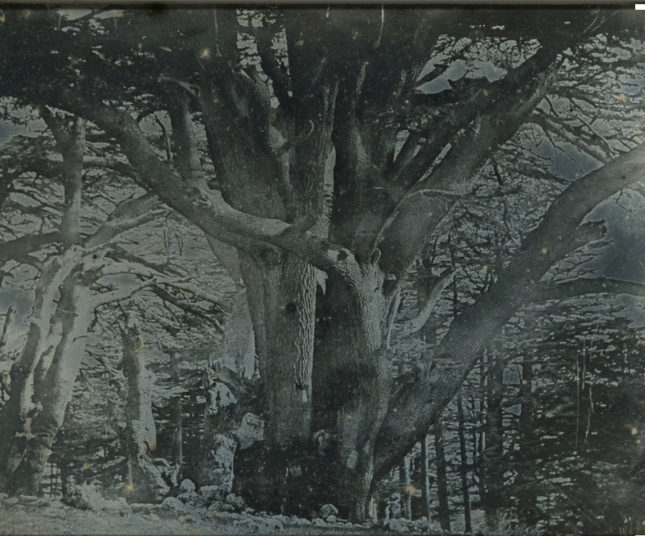
Giraud de Prangey
€792,300
The record price for a daguerreotype seems to be the €792,300 paid in 2003 for an 1842 image showing a view of a Greek temple taken by Joseph-Philibert Girault de Prangey (1804-1892). This erudite and wealthy traveler is thought to have produced the first known images of ancient Greece using the daguerreotype. In 2021, the Musée d’Orsay dedicated an exhibition to him. Girault de Prangey was part of a select group of affluent individuals who, working outside commercial studios, took daguerreotypes for their own pleasure. They frequently practiced their preferred hobby out of doors, a more technically challenging approach which is now particularly prized by connoisseurs.
Baron Gros
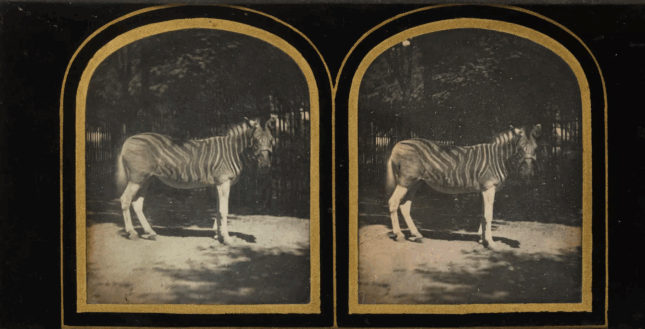
Unknown photographer
Another star of the field is the French diplomat Jean-Baptiste-Louis Gros, known as Baron Gros (1793-1870), nicknamed—due to the virtuosity of his images—”The Napoleon of the Plate.” In 2008, one of his daguerreotypes, depicting his salon decorated with other daguerreotypes, sold for €217,000, a record for the artist. On April 10, 2025, a view of the Acropolis taken by him in 1850 fetched €47,880 at auction, under the Parisian gavel of Alexandre Millon.
The image came from a collection of 89 daguerreotypes belonging to Octave Laborde-Peyré, a radiologist from Toulouse and passionate collector of what’s known as “primitive photography.” “In this case, it was a full-plate [large format] exterior view—two of the rarest and most sought-after features,” explained auction expert Goeury, who also emphasized the importance of format in determining value. “Of course,” he added, “the subject matter often makes the biggest difference.” He cites the example of a stereo daguerreotype—two images that, when viewed with a special device, create a 3D effect—showing a quagga, a now-extinct South African zebra species. Though its author is unknown, it sold for €6,000.
Robust demand
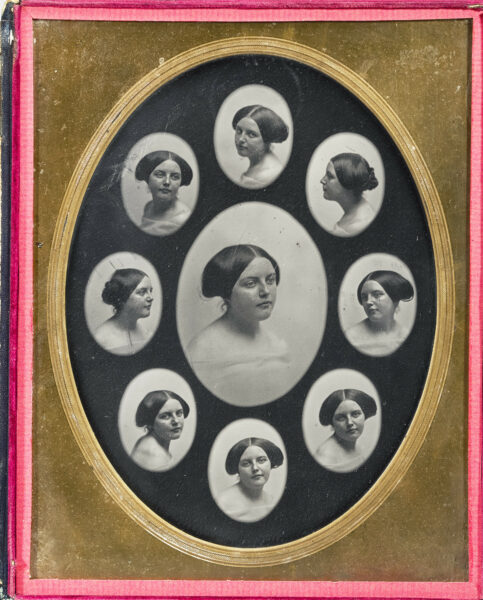
SOUTHWORTH & HAWES
Many of these early photographs sold on April 10 2025 went for similar amounts, suggesting robust demand in this niche market. “Daguerreotype prices are stable, sustained by passionate and knowledgeable collectors,” notes the expert.
200 daguerreotypes
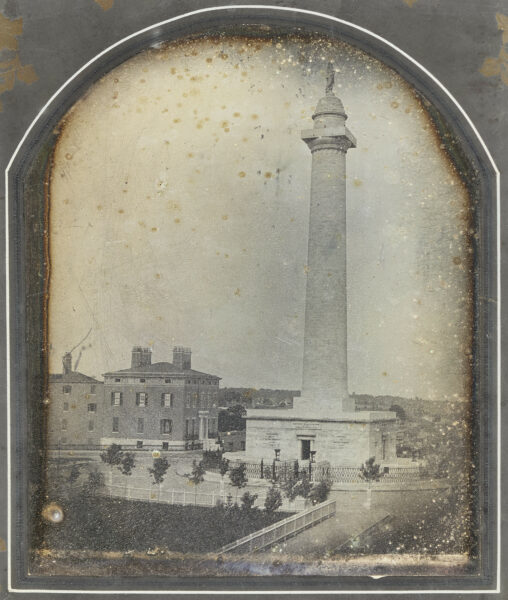
HENRY FITZ JR
From June 12 to 26, Christie’s is offering an online-only sale of nearly 200 daguerreotypes that belonged to Franco-American couple Lynn and Yann Maillet. According to the sale’s expert, Darius Himes, they began collecting in the 1960s, when there were still only a handful of enthusiasts worldwide. “They were based mainly in New York. They tracked down descendants of early photographers. In Paris, they would scour the flea markets. Most lots are estimated under $5,000. Many daguerreotypes remain anonymous or bear names that are no longer known to us.”
By Samuel Morse himself

SAMUEL F.B. MORSE
One highlight of the sale is a daguerreotype taken by Samuel Morse himself. A piece of history on multiple levels, it depicts a man’s portrait made very early in the technique’s history: in 1839, just after Morse had visited Daguerre. Until recently, it was believed that Morse had produced only one such “metallic image,” a portrait of a young man now held by the Metropolitan Museum in New York. However, Christie’s lot carries a modest estimate of €40,000 in spite of its assets, due to its less-than-ideal state of preservation.
John Ruskin
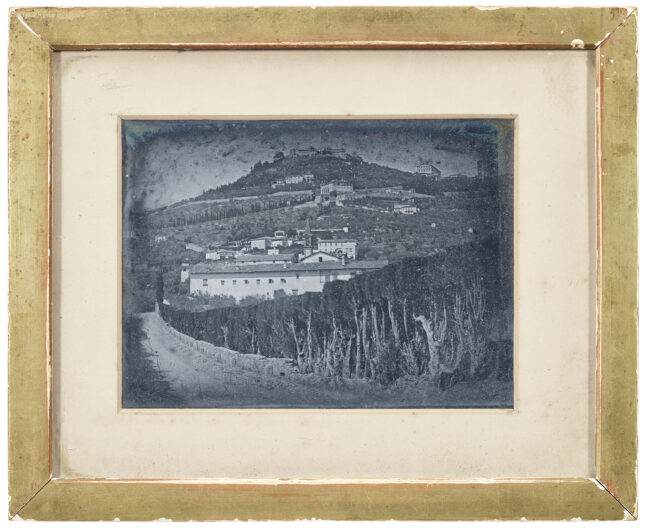
JOHN RUSKIN
The highest estimate in the Christie’s auction is for a view of Florence taken by one of Britain’s best-known 19th century writers, John Ruskin (1819-1900), also famous for championing the Pre-Raphaelite movement. One of his images of Florence is estimated at $100,000. The art database Artprice records no previous auction sales for Ruskin’s photographs. However, 188 of his daguerreotypes were discovered and published in the 2015 book “Carrying Off the Palaces: John Ruskin’s Lost Daguerreotypes” by Ken and Jenny Jacobson (Bernard Quaritch Ltd., 2015).
“Estimates are conservative,” observes Darius Himes, “because no one really knows this market, which rarely enters major auction houses. But the highest value lots are impossible to find.”
Misty landscape of Niagara Falls
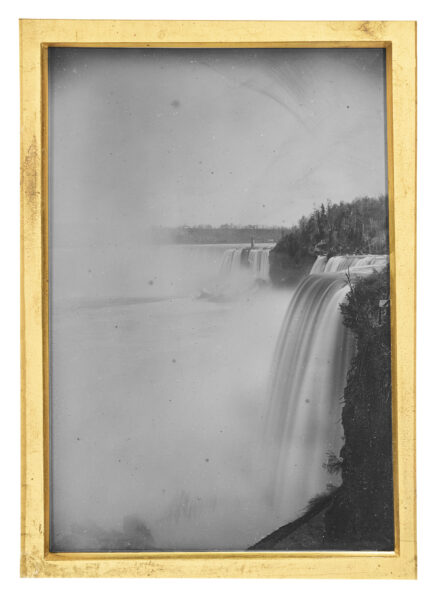
PLATT D. BABBITT
Among the lyrical images soon to be viewable in the online catalogue is a misty landscape of Niagara Falls by American photographer Platt D. Babbitt (1822-1879), known for his tourist views (estimated at $20,000). His daguerreotypes are in the collections of the Getty Museum and the Met. Coincidentally, a different Niagara Falls image—this one animated by two tiny figures in the distance—sold in Paris on April 10 for €1,800. That artist is certainly less known on this side of the Atlantic. His auction record stands at €52,000, set in 1999 for an image of a man stranded on a raft in the middle of the Niagara River.
The first photographer from Seville
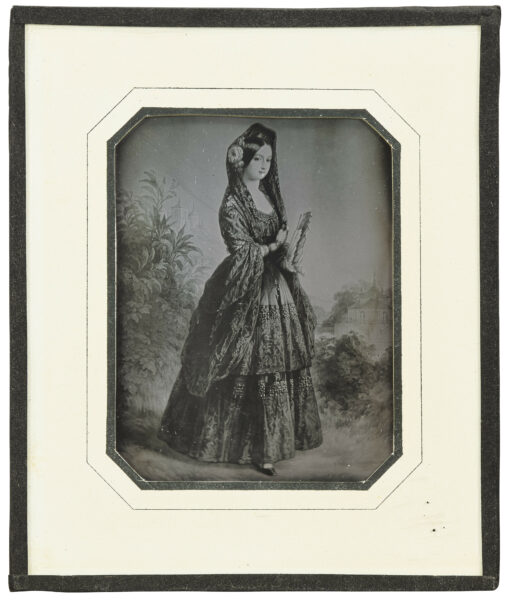
Francisco de Leygonnier y Haubert
Christie’s is also offering daguerreotypes by Francisco de Leygonier y Haubert (1812-1882), the first photographer from Seville. His market is still emerging: His current auction record—for a fairly conventional family portrait, it’s true—is only €1,050. But Christie’s offerings are likely to attract more attention: They include, notably, two proud-looking toreros, likely among the very first ever immortalized (estimated at $20,000).

EST FREDRICKS, Havana
Support independent art journalist
If you value Judith Benhamou Reports, consider supporting our work. Your contribution keeps JB Reports independent and ad-free.
Choose a monthly or one-time donation — even a small amount makes a difference.
You can cancel a recurring donation at any time.



